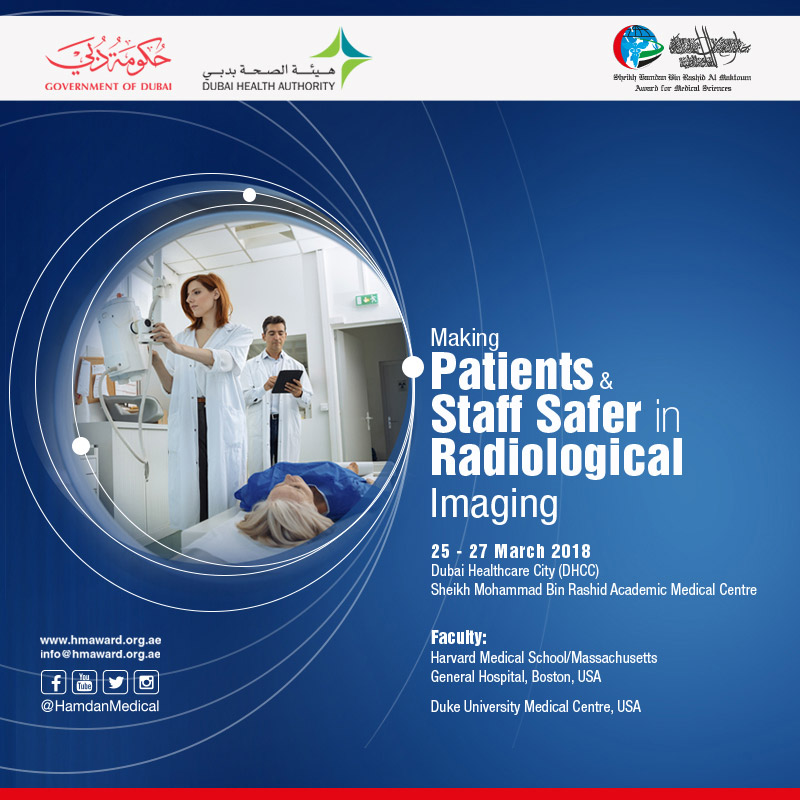Dr. Abdurrahman I Al Diab
UAE Awards
Hamdan Award for Original Research Paper Published in Emirates Medical Journal
2007-2008
Dr. Abdurrahman I AI Diab born in the year 1962 graduated in medicine & surgery from the college of medicine, King Saud University, Kingdom of Saudi Arabia in the year 1985. He has achieved a medical specialization in internal medicine from the Arab Board in the year 1991.
Also he obtained a Medical Oncology Fellowship from the University of British Columbia, Canada in the year 1994 and achieved and excellence in the training and achievement. Hewas an Assistant Professor and consultant medical oncologist in the College of Medicine, King Saud University in Saudi Arabia from 1994-2006.
At the present he is an Associate Professor. Presently he is a Deputy Director of the National Cancer Registry of the Central Region of Saudi Arabia. He was holding several senior positions from 2000 to 2007 in Hematology Division of the King Khalid University Hospital. Currently he is involved in research projects related mainly to colorectal and lung cancers. He has more than 21 publications in which some are accepted for publication in leading International Medical Journals.
His winning EMJ article, "Detection of cancer of pancreas bynative fluorescence of blood components- a preliminary report" has been chosen as the best article and it aimed to detect cancer of pancreas through a technique developed by AI Diab et al. based on the fluorescence emission on native fluorescence on tumour tissue.
Cancer ranks high among causes of mortality worldwide. Many of these cancers are treatable if detected early. Cancer of the pancreas is a major concern. Effective disease management occurs if the disease is detected early and for this many methods have been used inclUding ultrasound CT scan, MRI scan, etc. AI-Diab and colleagues tested a new technique to detect cancer of the pancreas. Suspicion of cancer of pancreas leads to the performance of many investigations including imaging studies, ERCP, tumour markers such as CA 19.9 and biopsy. None of these tests can be used for mass screening. The technique developed by AI-Diab et al. uses fluorescence emission based on native or labeled fluorescence on tumour tissue. The photodynamic therapy employs the administration of a pure form of haematoporphyrin which selectively accumulates on the tumour tissue.
A distinct reddish fluorescence around 630nm to 690nm is indicative of malignancy and this is used as the first step in cancer detection. This technique was used in 20 patients with cancer of pancreas, 5 with early stages and 15 with advanced stage, from King Khalid University Hospital in Riyadh. During abnormal cell proliferation, as is the case with cancer, metabolic changes are distinctly different from the normal condition. There may be some changes in the concentration of biomolecules during cancer growth and carried in the bloodstream. The synchronous spectra of Blood from normal controls and from patients with cancer of pancreas were compared. There was convincing evidence for the spectral signature of the disease. The conclusion is that optical diagnosis is suitable for screening at the primary level of investigation. The authors have used a novel method of investigation of the cancer of the pancreas as a screening tool.
Dr. Abdurrahman I AI Diab is awarded for his original article published in the Emirates Medical Journal from outside UAE for the term 2007-2008.

